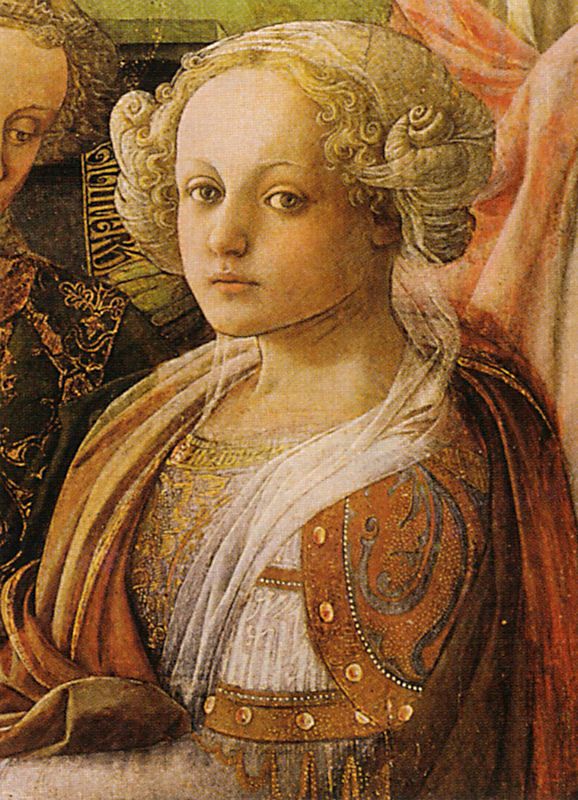
Fra Filippo Lippi Online
In this painting by Fra Filippo Lippi, Madonna and Child with Two Angels —a variation on the Madonna and Child Enthroned (see Giotto or Cimabue) that artists have been painting for hundreds of years—halos virtually disappear. Detail, Fra Filippo Lippi, Madonna and Child with Two Angels, ca. 1455 - 1466, tempera on wood (Galleria degli.

Fra Filippo Lippi, "The Annunciation", 15th century, Palazzo Doria
Filippo Lippi O.Carm. ( c. 1406 - 8 October 1469), also known as Lippo Lippi, was an Italian painter of the Quattrocento (fifteenth century) and a Carmelite priest. He was an early Renaissance master of a painting workshop, who taught many painters.

Fra Filippo Lippi (14061469) Early Renaissance painter Tutt'Art
Fra Filippo Lippi was born in Florence to Tommaso, a butcher. Both his parents died when he was still a child. Mona Lapaccia, his aunt, took charge of the boy. In 1420 he was registered in the community of the Carmelite friars of the Carmine in Florence, where remained until 1432, taking the Carmelite vows in 1421 when he was sixteen.

5THE EARLY RENAISSANCE FRA FILIPPO LIPPI View Thread AdlandPro
Madonna with Child (Italian: Madonna col Bambino e angeli or Lippina) is a painting by the Italian Renaissance artist Filippo Lippi. The date in which it was executed is unknown, but most art historians agree that it was painted during the last part of Lippi's career, between 1450 and 1465.
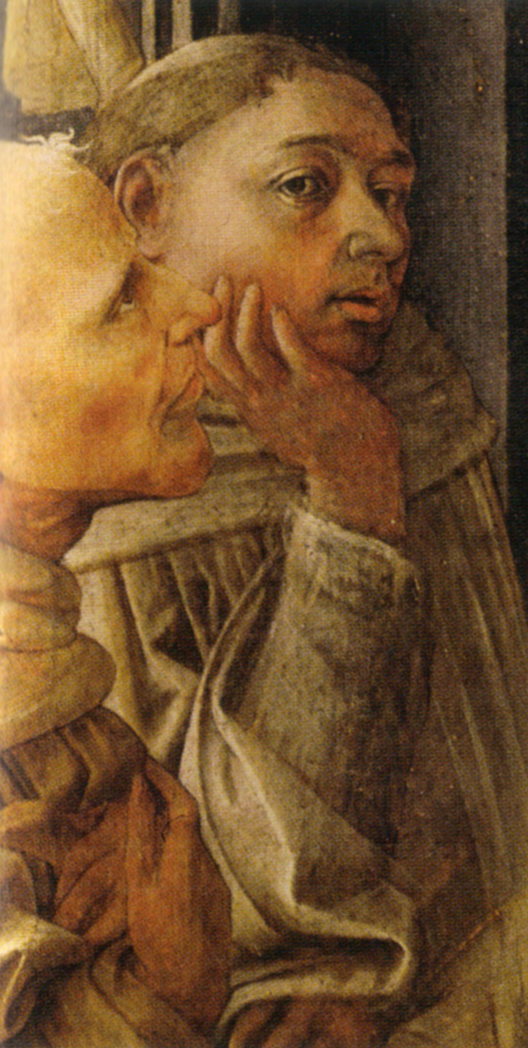
Fra Filippo Lippi (14061469) Early Renaissance painter Tutt'Art
Fra' Filippo Lippi, O.Carm. (c. 1406 - 8 October 1469), also called Lippo Lippi, was an Italian painter of the Quattrocento (15th century). Lippi was born in Florence in 1406 to Tommaso, a butcher, and his wife. When he was still a small child, both his parents died.
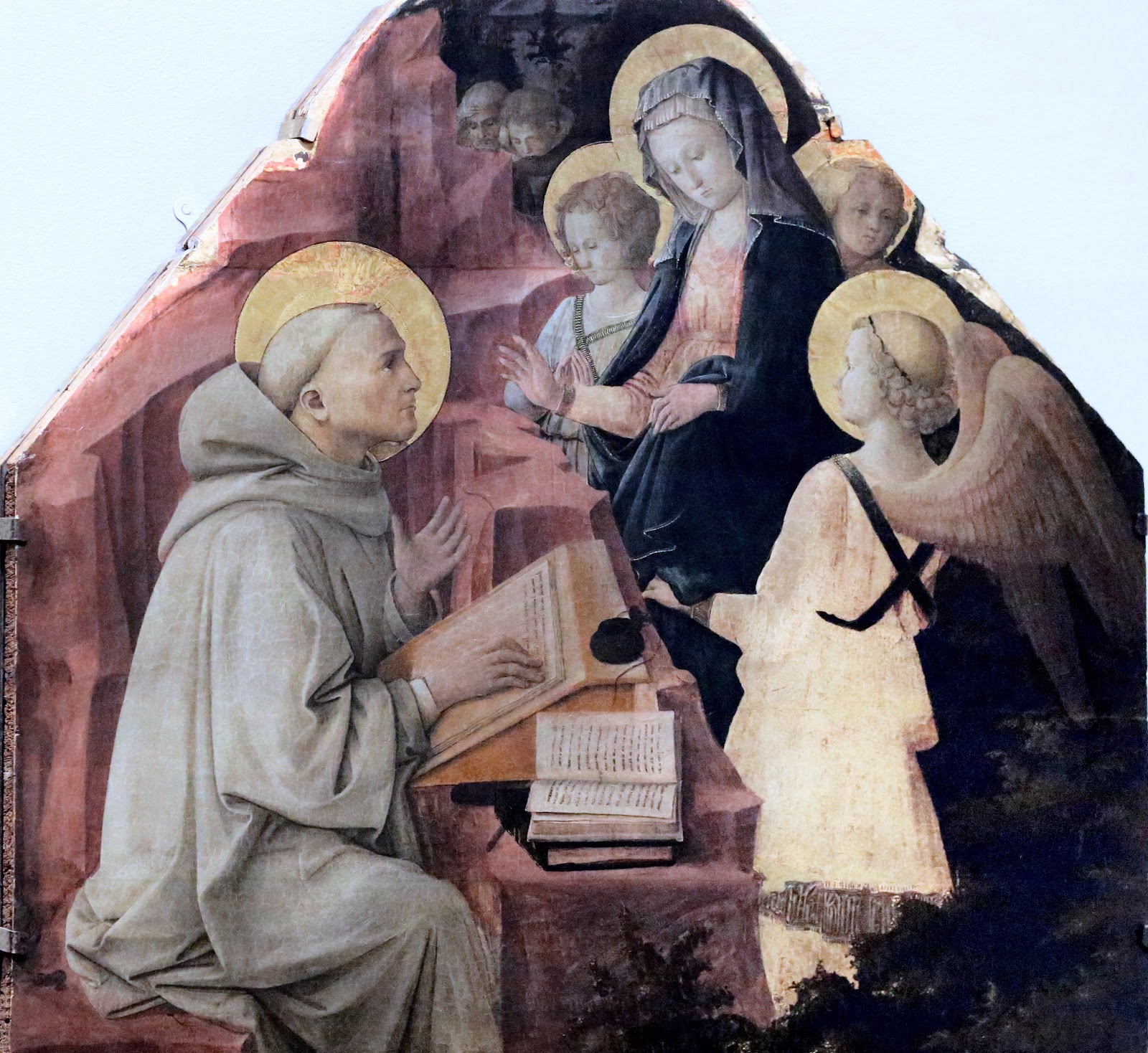
Fra Filippo Lippi (14061469) Early Renaissance painter Tutt'Art
The Artist: For a biography of Fra Filippo Lippi, see the Catalogue Entry for Portrait of a Woman with a Man at a Casement The Picture: This important early work by Filippo Lippi is from an altarpiece the lateral panels of which are in the Accademia Albertina di Belle Arti, Turin, and show Saints Augustine and Ambrose, and Saints Gregory and.
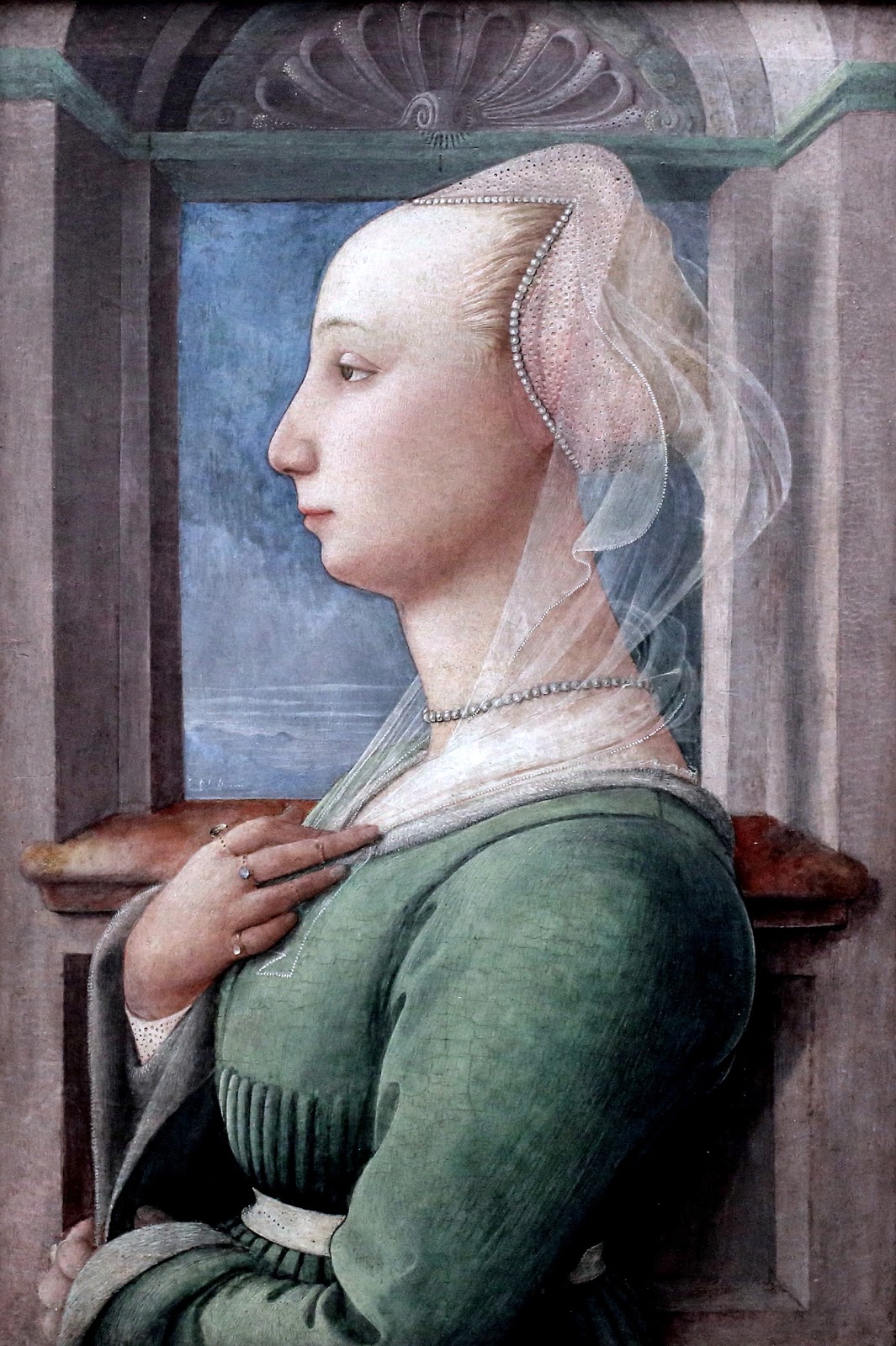
Fra Filippo Lippi (14061469) Early Renaissance painter Tutt'Art
Botticelli Drawings is the first exhibition ever dedicated to the drawings of Renaissance artist Sandro Botticelli (ca. 1445 - 1510). Exploring the foundational role drawing played in Botticelli's work, the exhibition traces his artistic journey, from studying under maestro Fra Filippo Lippi (c. 1406 - 1469) to leading his own workshop in Florence.
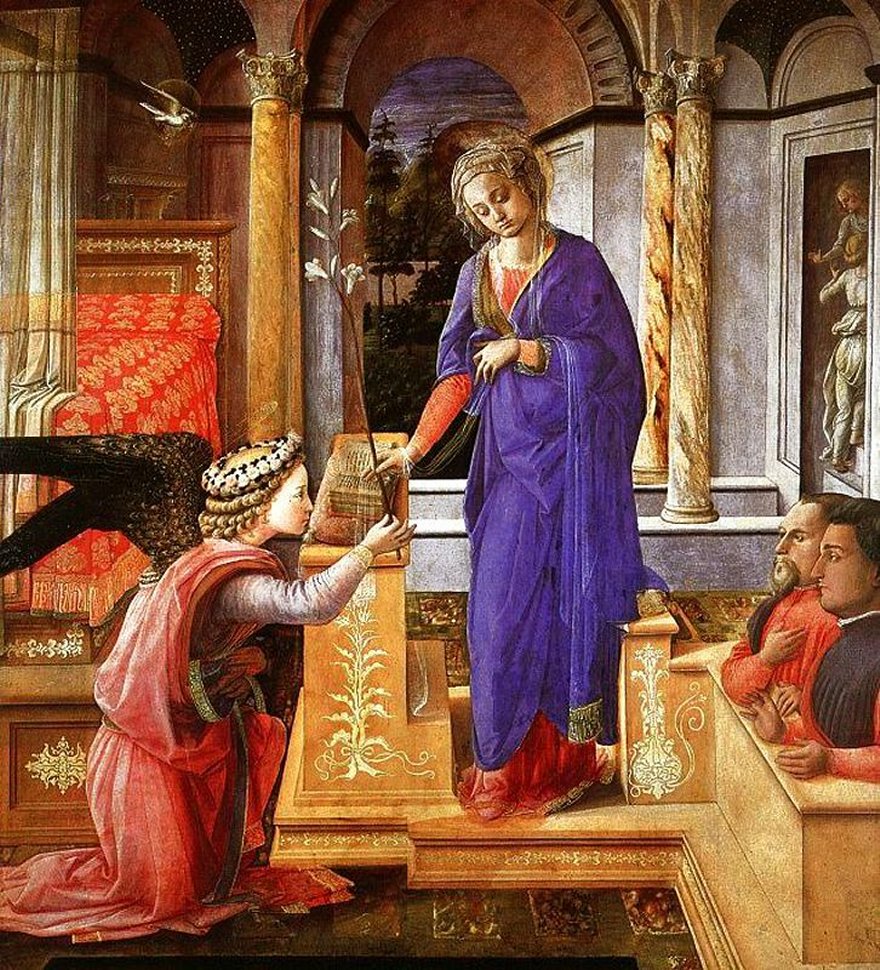
Fra Filippo Lippi
After his death, some 20 years later, Fra Filippo, who had assumed the older artist's mantle as Medici favorite, likely took up the commission. Other painters in the two artists' busy shops may also have contributed. The Adoration of the Magi, c. 1440/1460 (details) Top left: Detail of the Virgin; Top right: Detail of Joseph

The Art History Journal Fra Filippo Lippi
Fra Filippo Lippi was perhaps the most important Florentine painter of the second half of the fifteenth century, and one of the great masters of the Early Renaissance. He was an artist of tremendous skill and dexterity who manged to strike a fine balance between the traditions of devotional art and current humanist influences.
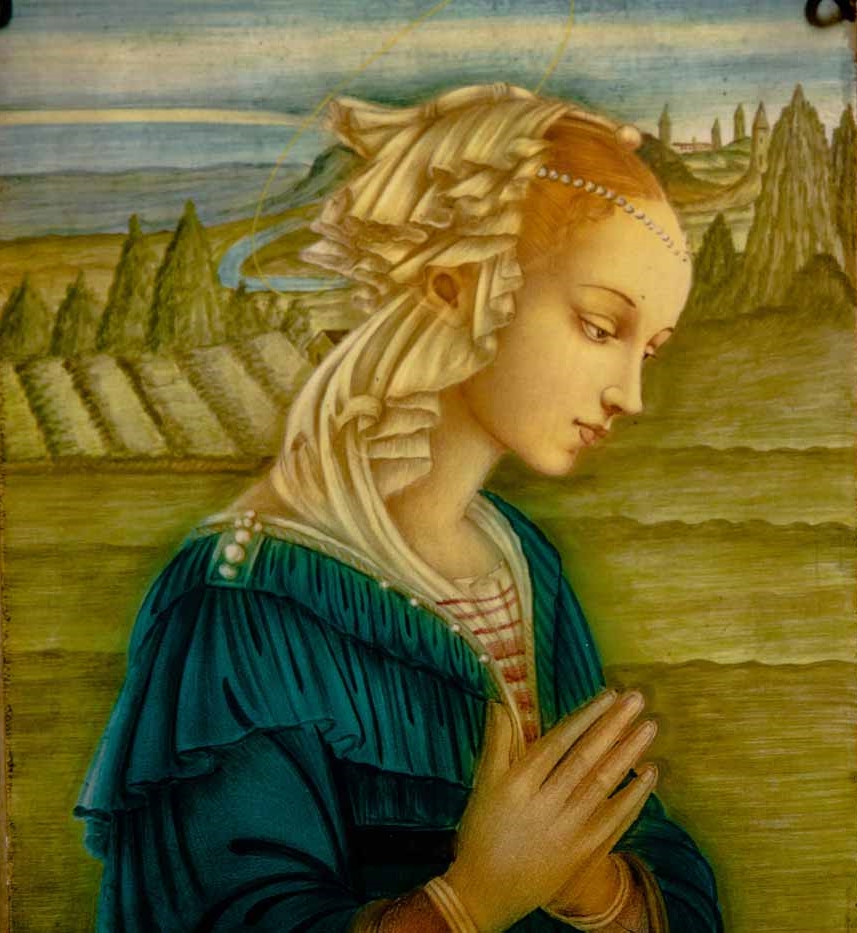
Fra Filippo Lippi (14061469) Early Renaissance painter Tutt'Art
born about 1406; died 1469 Image: Fra Filippo Lippi 'Fra Filippo Lippi was gracious and ornate and exceedingly skilful; he was very good at compositions and at variety, at colouring, relief, and in ornaments of every kind', wrote Cristoforo Landino in 1480; his comment remains a valid assessment of Fra Filippo's style.
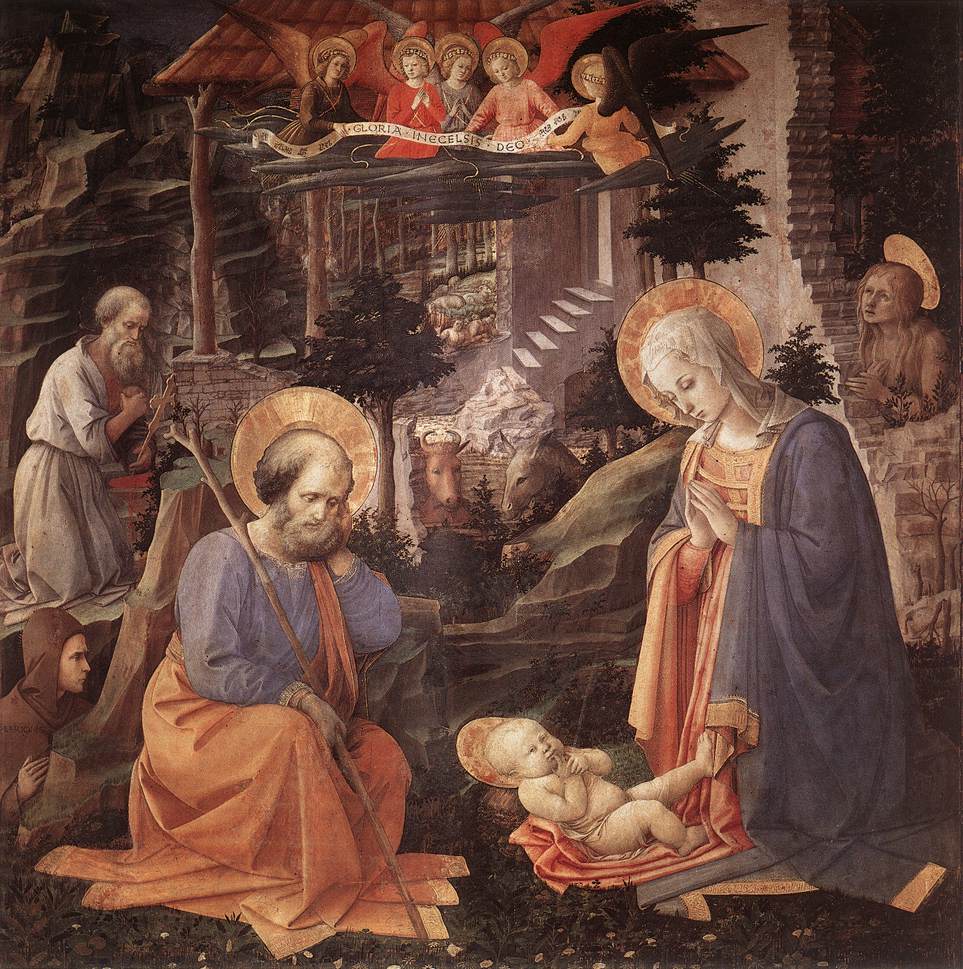
FileFra Filippo Lippi Adoration of the Child WGA13245.jpg
Between 1467 and 1469 Fra Filippo began and largely executed the fresco cycle with scenes from the life of the Virgin in the main chapel of Spoleto cathedral, completed by Fra Diamante with the assistance of Lippi's still very young son, Filippino. Fra Filippo died in Spoleto and was buried in its cathedral.

Pin di Pesarino su Rinascimento '400 Italiani e Fiamminghi nel
9. Filippo Lippi Introduced The World To The "Bourgeois" Madonna Madonna and Child by Filippo Lippi, 1440, via The National Gallery of Art, Washington D.C. Lippi's Madonnas established a new kind of image for the Virgin Mary. These Madonnas reflect the then-contemporary Florentine society.

Fra Filippo Lippi (14061469) Early Renaissance painter Tutt'Art
The Artist: For a biography of Fra Filippo Lippi, see the Catalogue Entry for Portrait of a Woman with a Man at a Casement The Picture: This badly damaged and fragmentary work—the paint film has been transferred to paper and mounted on canvas—is the remains of the right side of an imposing altarpiece that may have shown in the center a Madonna and Child and on the left four more saints.
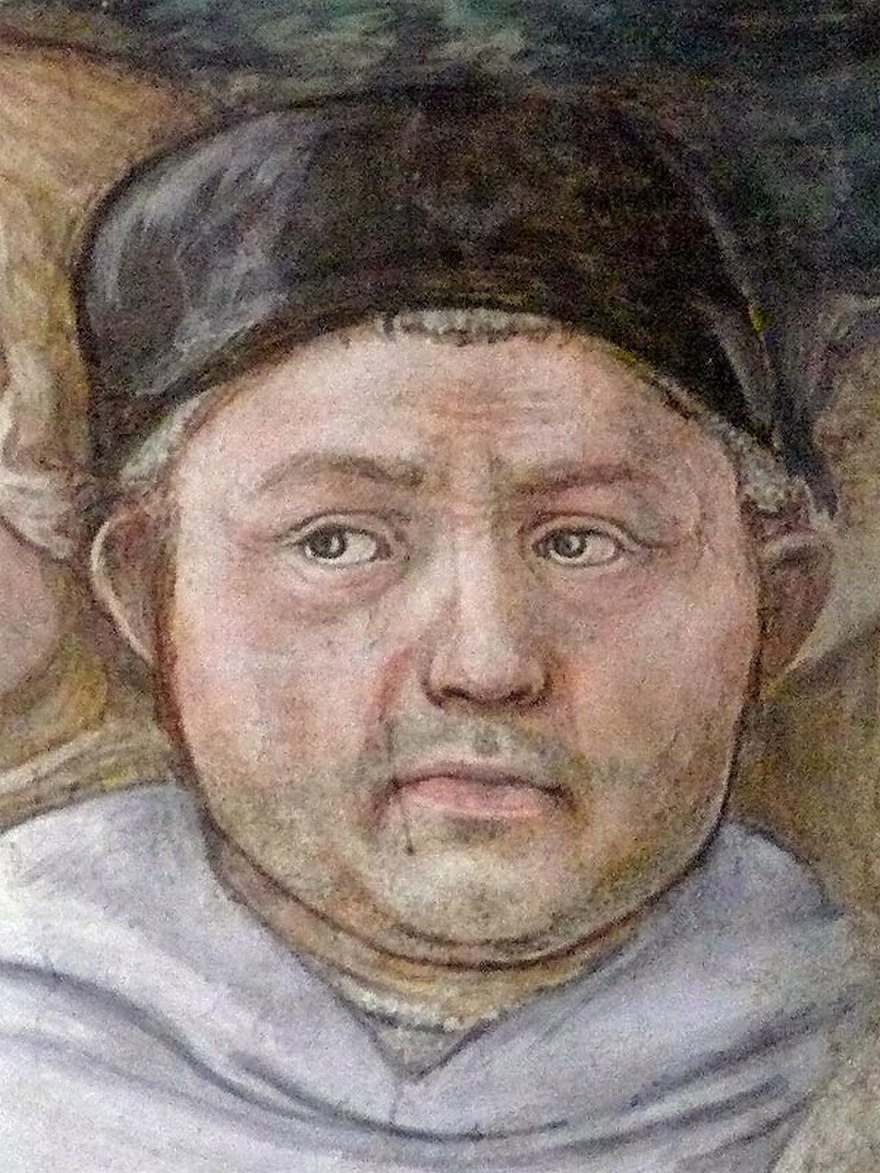
Filippo Lippi Sartle Rogue Art History
Fra Filippo Lippi, (born c. 1406, Florence [Italy]—died October 8/10, 1469, Spoleto, Papal States), Florentine painter in the second generation of Renaissance artists.
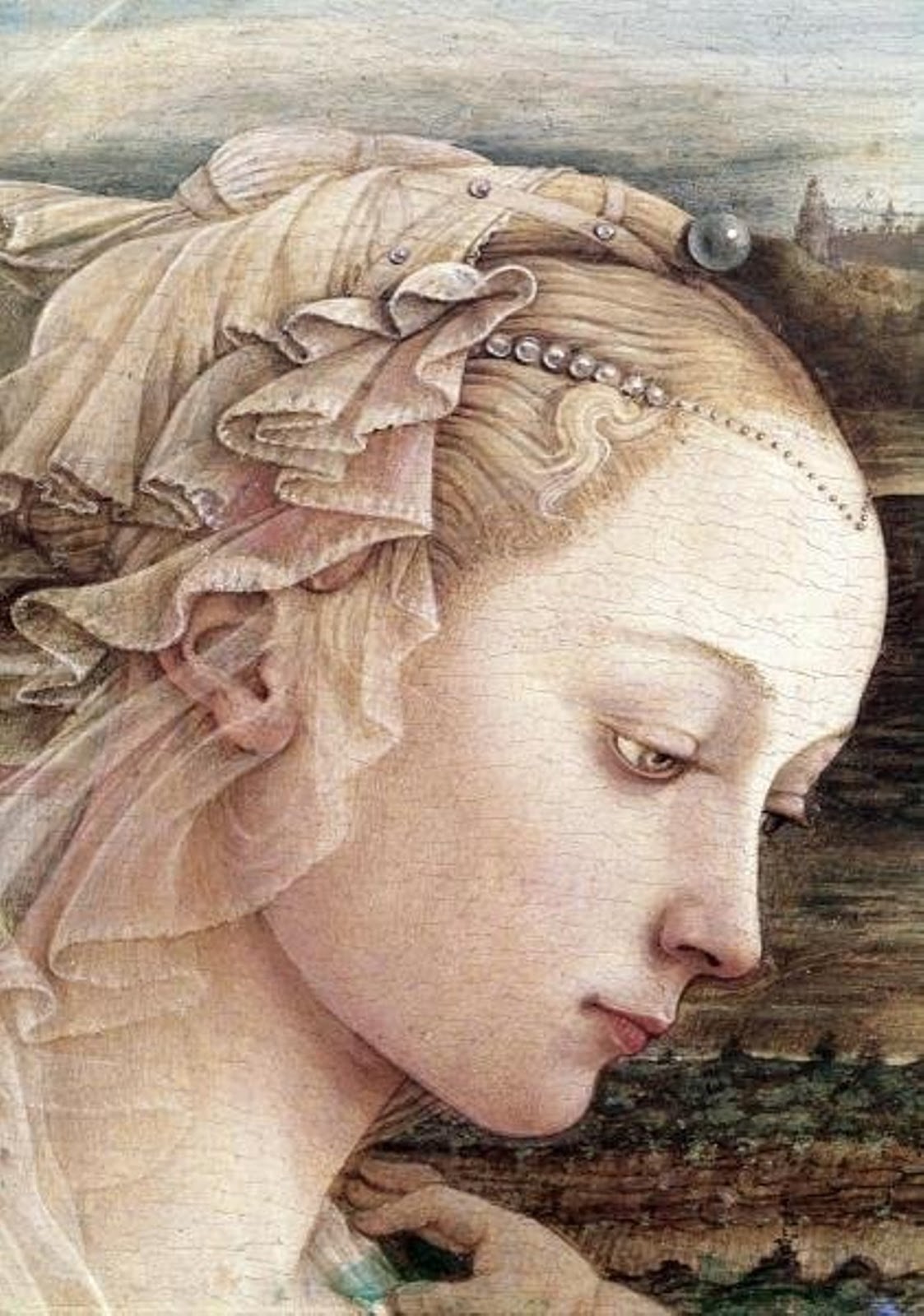
Fra Filippo Lippi (14061469) Early Renaissance painter Tutt'Art
Fra Filippo Lippi Italian 1440s On view at The Met Fifth Avenue in Gallery 603 Saint Lawrence is shown enthroned, his feet resting on the grill on which he was martyred. He is flanked by Saints Cosmas and Damian, whose cult was closely associated with the powerful Medici family.
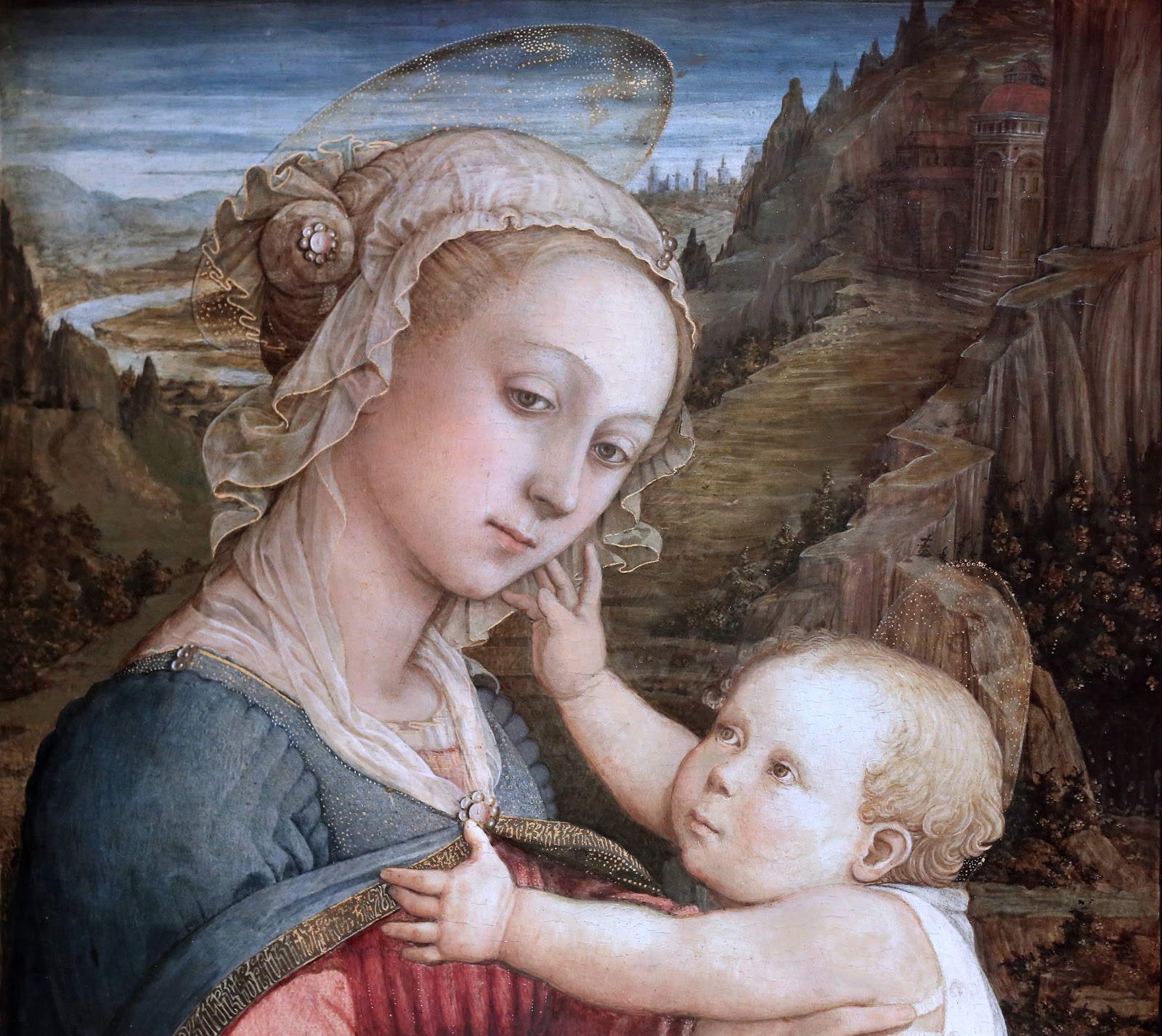
Fra Filippo Lippi (14061469) Early Renaissance painter Tutt'Art
Completed around 1459, Fra Filippo Lippi 's Adoration in the Forest (also known as Mystical Nativity ) was created for Florence's Medici family and was originally located in the small square apse of the Medici Chapel (or, Magi Chapel) inside the Palazzo Medici in Florence (today known as the Palazzo Medici Riccardi, after it was acquired by the.